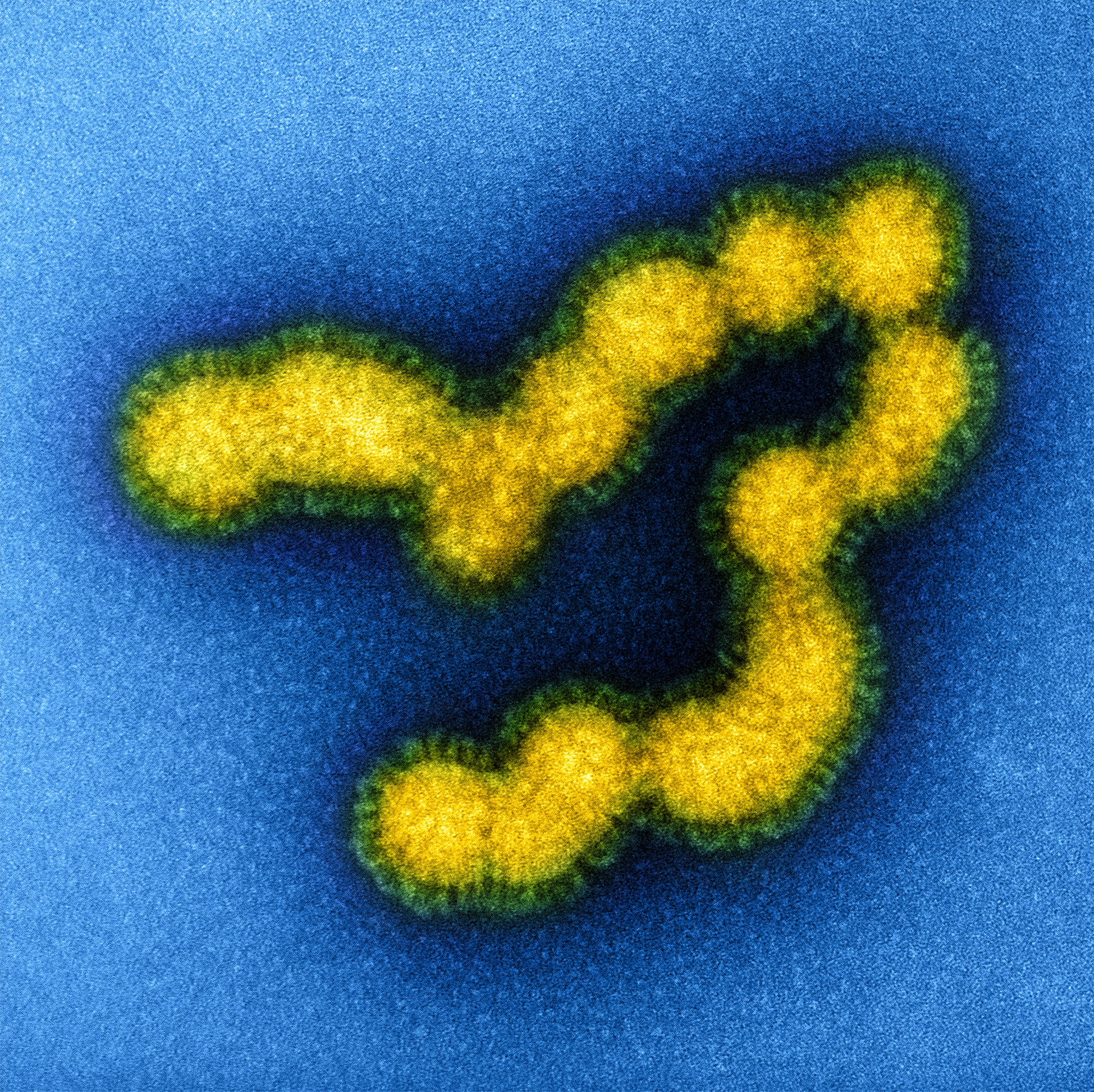 NIAID
NIAID What's new for antiretroviral treatment in women
| Author List |
|---|
| Nisha Andany |
| Sharon Walmsley |
Abstract
Currently, women represent 52% of persons infected with HIV worldwide and 23% of those in the United States. Combination antiretroviral therapy (cART) has resulted in remarkable reductions in HIV-associated morbidity and mortality, and has dramatically improved life expectancy. Treatment guidelines do not differ for HIV-infected men and non-pregnant women. However, clinical trials of antiretroviral agents have limited female enrolment, and results from these predominantly male studies are extrapolated to the female population. Furthermore, many of these studies do not report gender subgroup analyses, and those that do are underpowered to detect differences between men and women, limiting the ability to assess if results are equally applicable to both sexes. Women may have differential responses to and adverse events from cART. A limited number of female-only clinical trials have demonstrated that female recruitment and retention in these studies is feasible. Therefore, urgent attention is required to improve the body of knowledge regarding clinical efficacy, safety and tolerability of cART in women. In particular, women living with HIV are faced with various sexual and reproductive health concerns that may influence choice of cART. These include potential interactions with hormonal contraception, safety in pregnancy, and the impact of the transition through menopause and development of age-related comorbidities. Finally, the ongoing advances in biomedical HIV prevention, particularly pre-exposure prophylaxis (PrEP), provide an enormous opportunity to enhance HIV prevention in high-risk women, in efforts to further reduce global burden of the pandemic.
Published
Article Category
HIV cure research
Article Type
Reviews
Posted Date
02-04-2016
| File Name |
|---|
| 1464199091JVE_17 Andany.pdf |